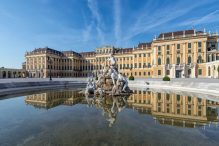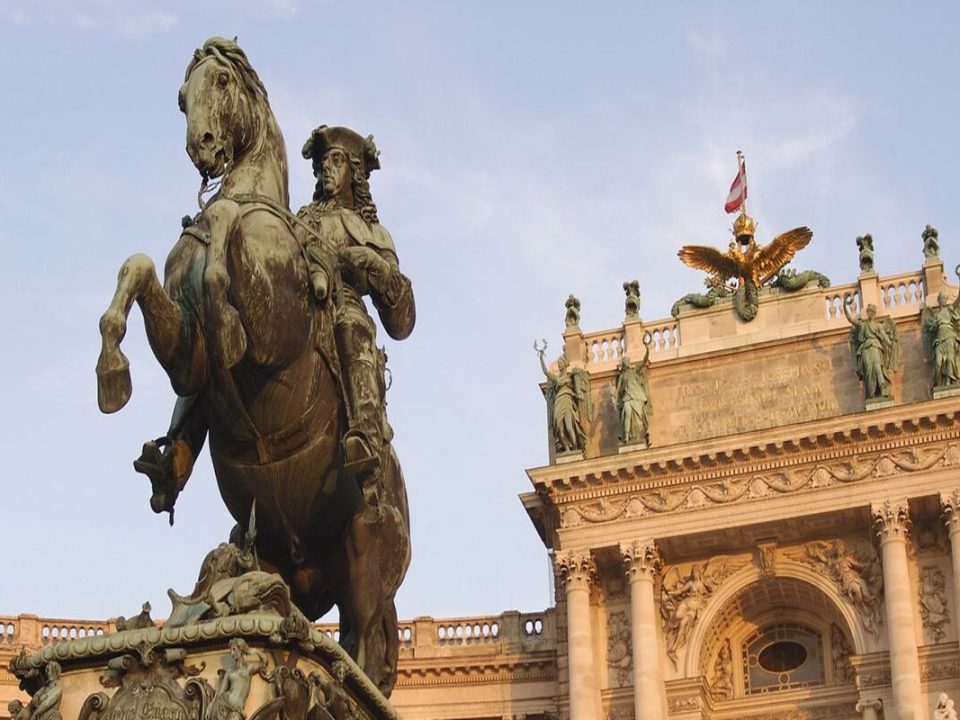Discover the Majesty of Schönbrunn Palace: Vienna’s Crown Jewel
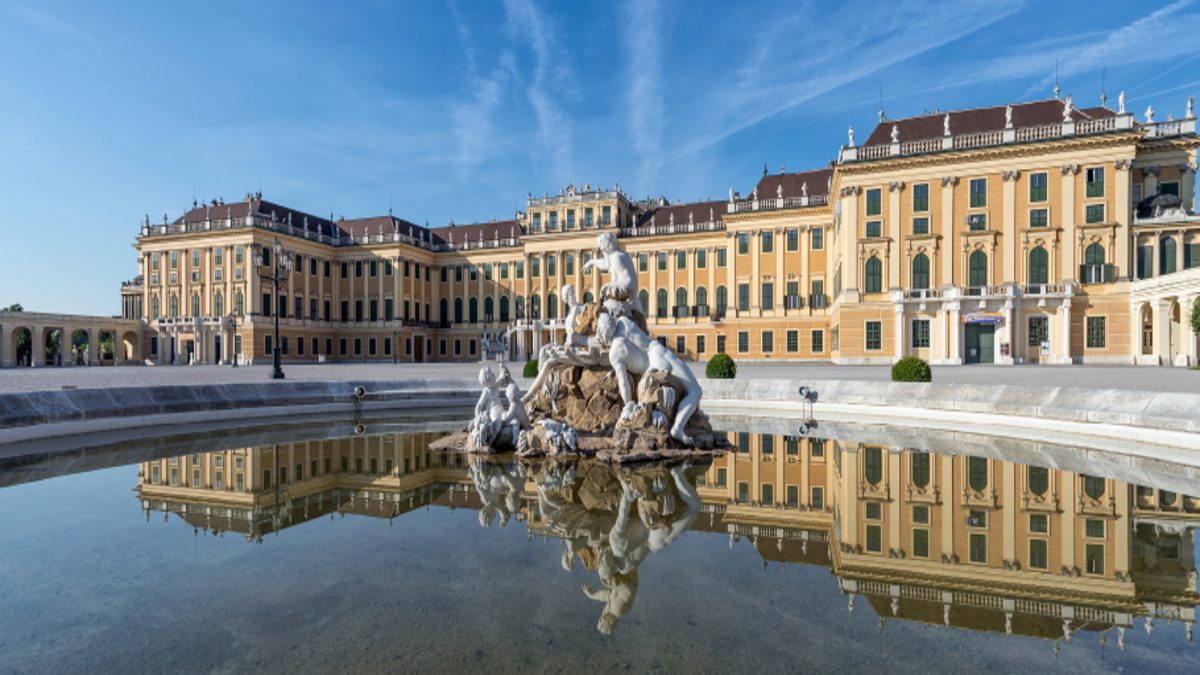
Discover the Majesty of Schönbrunn Palace: Vienna’s Crown Jewel
Welcome to Schönbrunn Palace, the epitome of imperial splendor and a must-visit landmark in Vienna, Austria. With its opulent architecture, expansive gardens, and rich history, Schönbrunn Palace offers an unparalleled glimpse into the grandeur of the Habsburg monarchy. This comprehensive guide will provide you with all the information needed to fully experience this iconic palace, ensuring a visit filled with unforgettable moments.
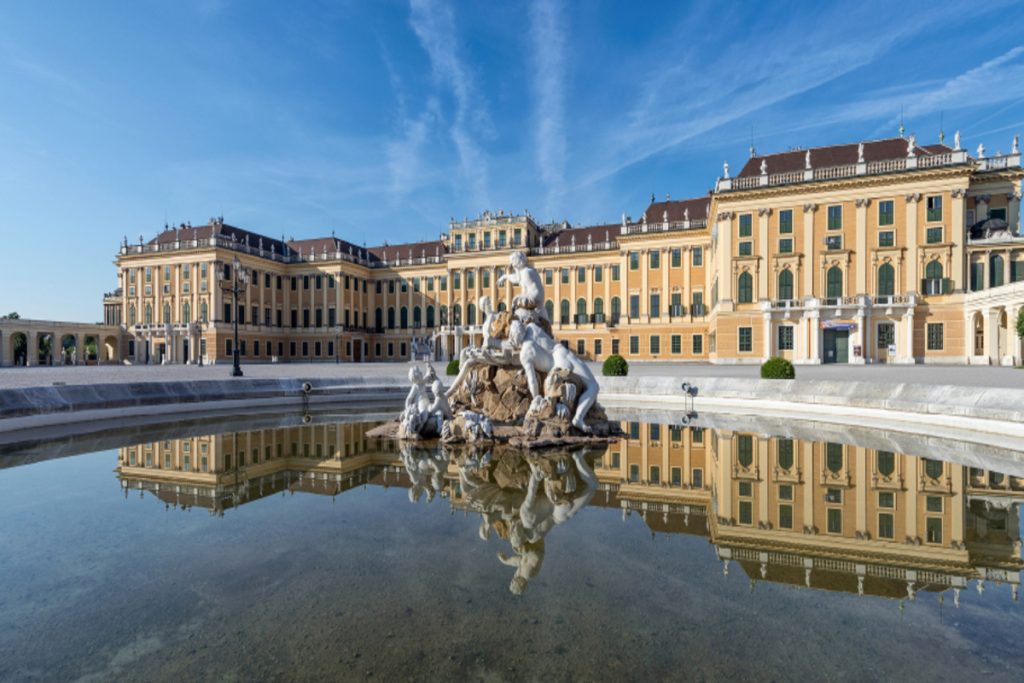
A Historical Overview
Origins and Development
Schönbrunn Palace has a history that stretches back over 300 years. Originally a hunting lodge for the Habsburg family, it was transformed into a grandiose summer residence under the reign of Emperor Leopold I in the late 17th century. The palace we see today owes much to Empress Maria Theresa, who commissioned significant expansions and renovations in the mid-18th century.
Architectural Evolution
The palace’s architecture is a stunning example of Baroque style, characterized by grand forms, intricate details, and an emphasis on opulence. The design was influenced by the leading architects and artists of the era, including Johann Bernhard Fischer von Erlach and Nikolaus Pacassi, who contributed to the palace’s final form.
Exploring the Palace Interiors
The Great Gallery
One of the most impressive rooms in Schönbrunn Palace is the Great Gallery. This magnificent hall, measuring 40 meters in length, was used for court functions, banquets, and balls. The ceiling frescoes by Gregorio Guglielmi depict the prosperity of the Habsburg monarchy, while the crystal chandeliers and gilded stucco work add to the room’s opulence.
The Hall of Mirrors
The Hall of Mirrors is another highlight, famously known as the place where a young Wolfgang Amadeus Mozart performed for Empress Maria Theresa. The room’s mirrors create an illusion of endless space, reflecting the candlelight and enhancing the grandeur of the room.
The Blue Chinese Salon
The Blue Chinese Salon, decorated with delicate blue and white porcelain, reflects the 18th-century European fascination with Asian art. This room was used for family gatherings and small receptions, showcasing the palace’s intimate and personal side.
The Million Room
Perhaps the most luxurious room in Schönbrunn is the Million Room, named for its extravagant decor. The walls are covered with rosewood panels inlaid with precious stones and Indian and Persian miniatures. This room served as Maria Theresa’s private audience chamber.
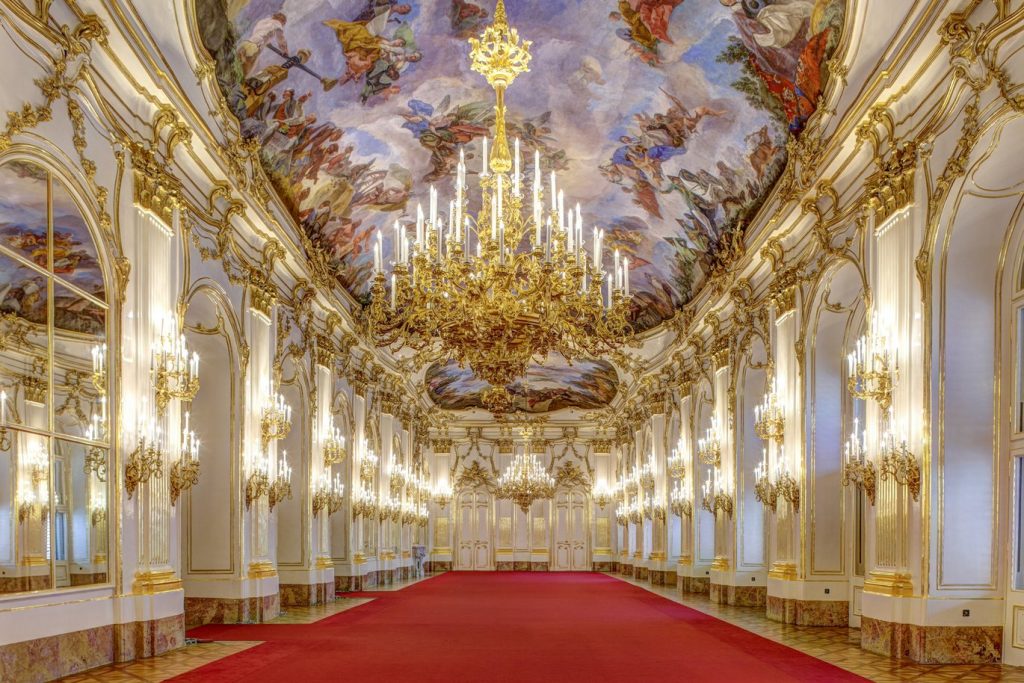
The Imperial Apartments
Emperor Franz Joseph’s Rooms
The rooms of Emperor Franz Joseph offer a glimpse into the life of one of Austria’s longest-reigning monarchs. His study, bedroom, and dressing room are preserved with their original furnishings, reflecting his modest lifestyle and dedication to duty.
Empress Elisabeth’s Rooms
Empress Elisabeth, affectionately known as Sisi, is one of the most romanticized figures in Austrian history. Her rooms, including the salon, dressing room, and gymnasium, reveal her passion for beauty, health, and fitness. Sisi’s influence is evident in the elegant decor and personal touches.
The Gardens and Grounds
The Great Parterre
The Great Parterre, directly behind the palace, is a stunning display of Baroque garden design. The meticulously manicured lawns, intricate flower beds, and ornate statues create a harmonious and visually striking landscape. The garden is a perfect place for a leisurely stroll, offering beautiful vistas of the palace and the surrounding area.
The Gloriette
At the far end of the Great Parterre stands the Gloriette, a grand structure built in 1775. Originally used as a dining and festival hall, it now houses a café. The Gloriette offers one of the best panoramic views of Vienna, making it a popular spot for visitors.
The Neptune Fountain
The Neptune Fountain, located at the foot of the Gloriette Hill, is a magnificent Baroque fountain depicting Neptune, the god of the sea, surrounded by tritons and naiads. The fountain’s design reflects the grandeur and mythological themes typical of the era.
The Palm House
The Palm House, one of the largest botanical exhibits in Europe, is a marvel of 19th-century iron and glass architecture. It houses an extensive collection of exotic plants from around the world, providing a lush, tropical escape within the palace grounds.
The Desert House
Adjacent to the Palm House is the Desert House, which features a unique collection of desert plants and animals. The climate-controlled environment replicates desert conditions, showcasing the diversity of desert ecosystems and offering an educational experience for visitors.

The Schönbrunn Zoo
A Historical Landmark
Founded in 1752, the Schönbrunn Zoo is the oldest continuously operating zoo in the world. It was originally established as an imperial menagerie for the Habsburg family and has since evolved into a leading center for animal conservation and research.
Animal Exhibits
The zoo is home to over 700 species, including giant pandas, Siberian tigers, and African elephants. Visitors can explore a variety of themed areas, such as the Rainforest House, the Polarium, and the Aquarium, each offering an immersive experience into different habitats and ecosystems.
Conservation Efforts
Schönbrunn Zoo is committed to animal conservation and participates in numerous breeding programs for endangered species. The zoo’s educational programs aim to raise awareness about wildlife conservation and the importance of protecting natural habitats.
Unique Experiences at Schönbrunn Palace
The Children’s Museum
The Children’s Museum at Schönbrunn Palace offers an engaging and interactive experience for younger visitors. Children can dress up in historical costumes, learn about life at the imperial court, and participate in hands-on activities that bring history to life.
Night Tours
For a truly enchanting experience, consider taking a night tour of Schönbrunn Palace. These special tours offer a unique perspective of the palace, illuminated by soft lighting, and often include performances of classical music in the Great Gallery.
Concerts and Events
Schönbrunn Palace regularly hosts classical concerts and cultural events, adding a touch of elegance to any visit. The Schönbrunn Palace Orchestra performs in the Orangery, offering a chance to enjoy works by Mozart and Strauss in an exquisite historical setting.
Planning Your Visit
Getting There
Schönbrunn Palace is easily accessible by public transport. The U4 underground line stops at Schönbrunn station, which is just a short walk from the palace entrance. Trams and buses also serve the area, making it convenient for visitors coming from different parts of Vienna.
Ticket Information
Various ticket options are available, ranging from individual attraction tickets to comprehensive passes that include access to the palace, gardens, and other on-site attractions. It’s recommended to book tickets online in advance, especially during peak tourist seasons, to avoid long queues.
Guided Tours
Guided tours are an excellent way to gain deeper insights into the history and significance of Schönbrunn Palace. Expert guides provide detailed information and interesting anecdotes, enhancing the overall experience. Audio guides are also available in multiple languages.
Best Time to Visit
Schönbrunn Palace is a year-round destination, but the best time to visit depends on your preferences. Spring and summer are ideal for exploring the gardens in full bloom, while winter offers a magical atmosphere with Christmas markets and festive decorations.
Accessibility
The palace and its grounds are accessible to visitors with disabilities. Wheelchair-friendly paths, elevators, and accessible restrooms are available to ensure a comfortable visit for all guests.
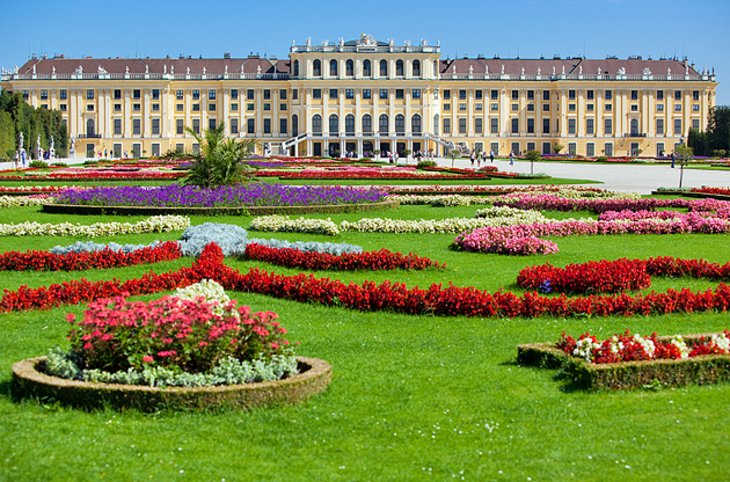
Conclusion
Schönbrunn Palace is more than just a historical monument; it is a living testament to Austria’s rich cultural heritage. From its opulent interiors and expansive gardens to its educational museums and vibrant events, Schönbrunn offers a multifaceted experience that caters to all interests. Plan your visit to Schönbrunn Palace and immerse yourself in the grandeur of one of Europe’s most beautiful and historically significant palaces. Whether you’re exploring the majestic rooms, strolling through the lush gardens, or simply soaking in the panoramic views, Schönbrunn Palace promises an experience that will leave you enchanted and inspired.
-
Discover the Majesty of Schönbrunn Palace: Vienna’s Crown Jewel
Discover the Majesty of Schönbrunn Palace: Vienna’s Crown Jewel Welcome to Schönbrunn Palace, the epitome of imperial splendor and a must-visit landmark in Vienna, Austria. With […]

